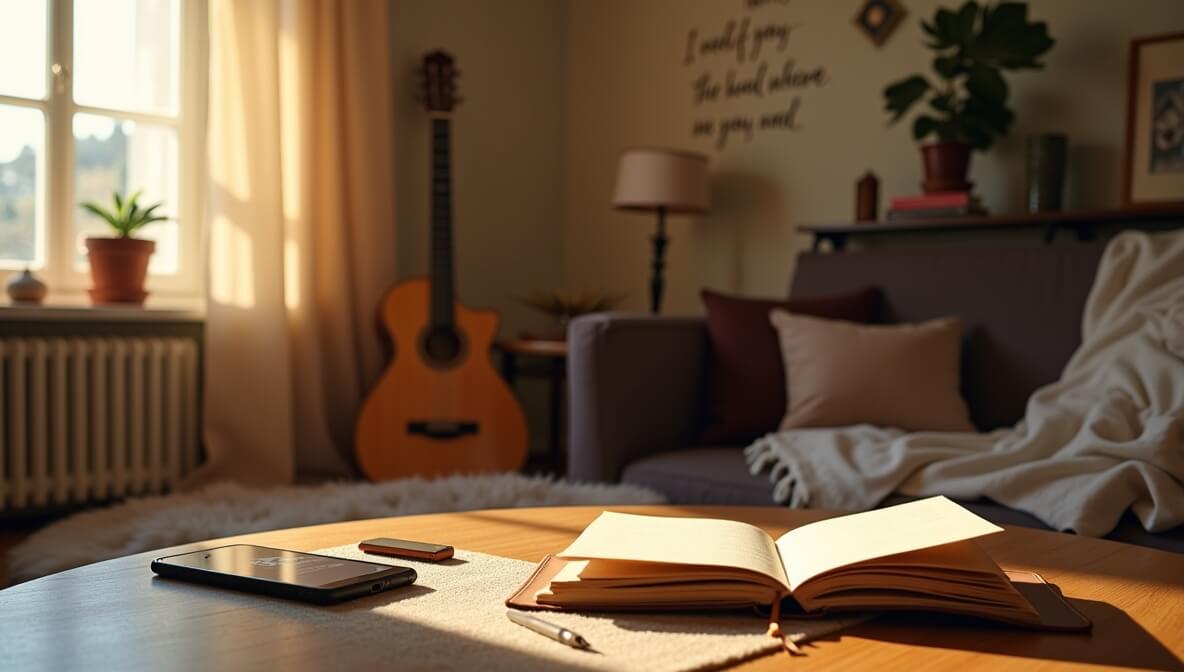How to Track Your Progress While Learning Music

Contrary to what many believe, you don’t need to read sheet music to become a skilled pianist. Many self-taught players—and even world-class musicians—developed their skills by ear, intuition, and repetition. Whether you're aiming to play pop songs, improvise during jam sessions, or simply enjoy music at home, learning without sheet music is absolutely possible.
Here’s how to get started and make consistent progress.
1. Begin With Songs You Already Know
- Start with familiar tunes—ones you can hum or sing confidently. This allows your ear to lead the way. Try finding the melody note by note on the piano. This “listen-then-play” process develops muscle memory and ear-hand coordination naturally.
- It helps to use frameworks like the ones in The Ultimate Guide to Music Reading for Beginners, even if you're not reading notes. Understanding rhythm and note direction can subtly support your learning, even without formal sheet reading.
2. Train Your Ear Daily
- Playing by ear isn’t a mystery—it’s a skill you can develop. Begin by recognizing intervals (like the jump between two notes) and chords by sound. Simple ear training apps help, but consistent listening is key.
- Try exercises from Ear Training Exercises — How to Hear Chords and Melodies to sharpen your hearing and connect sound to the keys faster.
3. Understand Basic Chord Progressions
- Most popular songs are built on predictable chord patterns, such as I–V–vi–IV (C–G–Am–F in C major). Once you learn to recognize how these sound, you’ll start identifying them in songs naturally—and can play full arrangements without ever seeing notation.
- For a deeper dive, check out Understanding Chord Progressions — A Deeper Dive for Songwriters, which breaks down how patterns repeat across genres.
4. Play Along With Recordings
- One of the fastest ways to improve is by playing along with recordings of your favorite songs. Loop small sections, try to find matching chords and melodies, and don't be afraid to pause and replay often.
- As you practice this way, you'll also begin to understand things like tempo, phrasing, and groove. If you're building your home setup, Studio Monitors vs. Headphones for Mixing — Pros and Cons can help you decide how to best hear those details clearly.
5. Break Down Songs Into Chunks
- Instead of tackling an entire song at once, focus on short sections. Learn four bars, then loop them until they feel smooth. Breaking it down this way makes playing more approachable and lets you enjoy progress more frequently.
- This approach aligns with techniques discussed in Practice Makes Perfect — Effective Strategies for Improving Musical Skills, where deliberate repetition and micro-goals are key to mastering parts by ear.
6. Use Your Voice as a Guide
- Sing or hum the melody before trying to play it. If you can vocalize a phrase, you’re already halfway to reproducing it on the keyboard. Singing helps internalize timing and pitch—and even advanced pianists use this trick to better express melodies.
- Pair this with rhythm-focused strategies from Why Understanding Rhythm Is Crucial for Every Musician, which emphasizes how rhythm often matters more than note-reading when playing expressively.
7. Record Yourself Regularly
- Recording your playing gives you objective feedback. What you hear while playing often differs from what you actually produce. Use your phone or a DAW to record short sessions, then listen back to catch inconsistencies or identify improvements.
- To make this easier, you can explore gear recommendations in Building Your Home Studio — Essential Gear and Setup Guide, which walks through tools perfect for beginner pianists and at-home creators.
8. Supplement with Visual Learning Tools
- Even if you avoid sheet music, visual platforms like Synthesia or piano tutorials with on-screen keyboards are incredibly helpful. These tools let you associate finger movement with sound and song structure—no notation required.
- For a modern approach, try out the AI Music Generator to experiment with your own sounds and melodies, further training your musical instincts without needing to read a single note.
Bonus: Learn from Real Examples
- Even some world-renowned pianists—like Nobuyuki Tsujii—learn entire pieces by ear. Online forums, like this Reddit thread, are full of learners describing how they “hear a few bars ahead” and let their muscle memory take over. It’s a process that becomes intuitive over time.
Final Thoughts
- Reading sheet music is a valuable skill—but it’s not the only way. Learning by ear develops your musicianship in a more intuitive, personal way. It sharpens your listening, strengthens your memory, and gives you the freedom to play what you feel.
- Start small, trust your ear, and be patient with yourself. With consistent effort and the right tools, you can build impressive piano skills entirely without notation—and enjoy every moment of the journey.
